|
INTRODUCTION |
||
|
The first thing we learned about Thai people is that religion is central to their lives. It is key to understanding who they are, what their customs are about, and how they set their life goals. About 90% of Thai people are Buddhists. This religion was brought to Thailand in the 3rd century B.C. by monks from India. There are several different branches of Buddhism in Asia. Thais are typically Theravada Buddhists. Most of the other 10% of Thai people are Animist, Muslim, Christian, Hindu, and Sikh. |
||
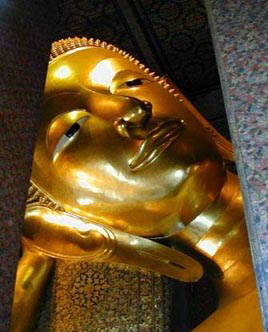 |
|||
|
Reclining Buddha at Wat Po in Bangkok |
|||
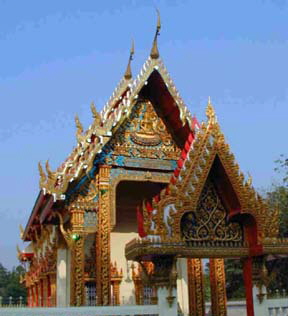


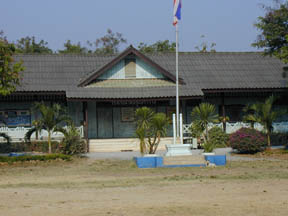
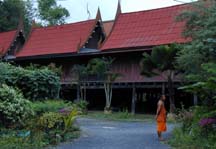
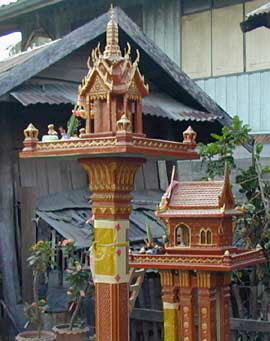
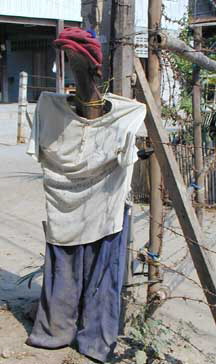
 In southern Thailand, Islam is the dominant faith but its followers and their mosques are also found in smaller numbers in the rest of the country. In Thailand, Islamic men are usually seen in white caps. Unlike Buddhist Thais, they often have small beards. Islamic women and girls cover their hair with scarfs.
In southern Thailand, Islam is the dominant faith but its followers and their mosques are also found in smaller numbers in the rest of the country. In Thailand, Islamic men are usually seen in white caps. Unlike Buddhist Thais, they often have small beards. Islamic women and girls cover their hair with scarfs. Fewer in number, followers of the Christian faith are still found throughout Thailand. Attending churches rather than wats or mosques, they also operate schools, both Protestant and Catholic. Some schools offer only elementary education. Others offer classes through high school. Some are colleges.
Fewer in number, followers of the Christian faith are still found throughout Thailand. Attending churches rather than wats or mosques, they also operate schools, both Protestant and Catholic. Some schools offer only elementary education. Others offer classes through high school. Some are colleges.  People of Hindu & Sikh religions also exist. Those we saw were primarily in Bangkok and the larger cities, though it’s likely they can be found in other parts of Thailand. Buddhist stories and beliefs came to Thailand from India and have their roots in these religions.
People of Hindu & Sikh religions also exist. Those we saw were primarily in Bangkok and the larger cities, though it’s likely they can be found in other parts of Thailand. Buddhist stories and beliefs came to Thailand from India and have their roots in these religions.